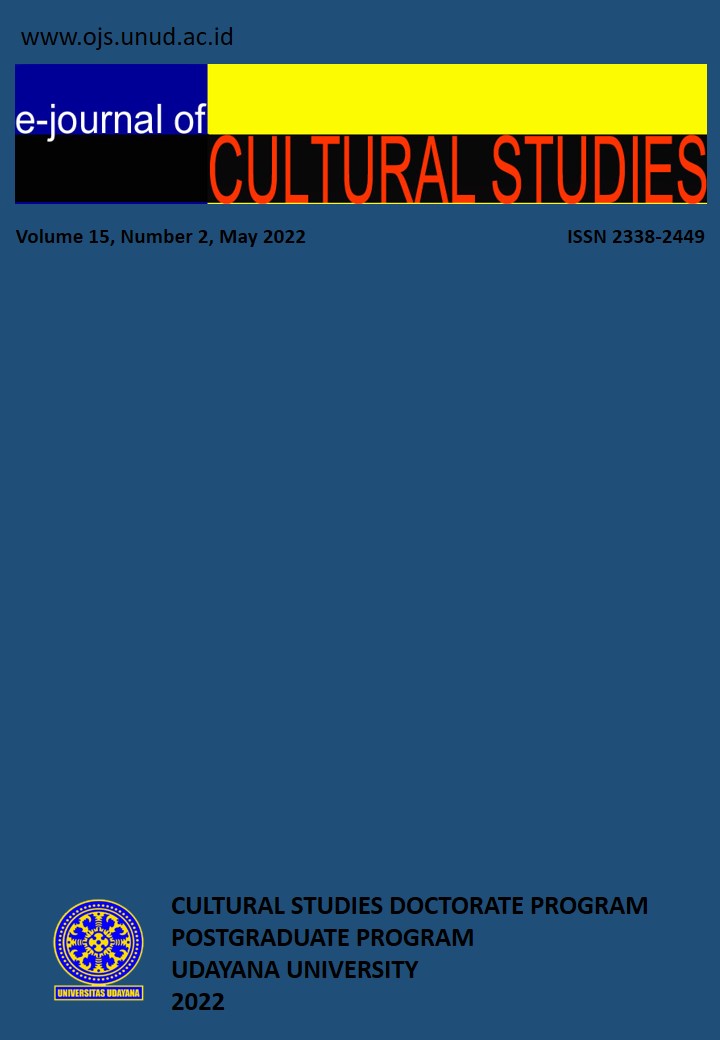UNDERSTANDING THE CHAOTIC SYSTEM IN MANAGING TYPE-C EXCAVATION FACILITIES IN SEBUDI VILLAGE BALI
Abstract
The catastrophic eruption of Mount Agung in 1963 had spewed deposits of lava and sandstone covering the lower reaches of the Sebudi Village area. After the eruption of Mount Agung, the lava and sandstone deposits were explored as minerals C and used as a new source of income for their welfare, but the community did not pay taxes. The purpose of the study is to describe struggles in fighting for capital between actors in the realm of the type-C excavation in Sebudi Village. This research was carried out with a qualitative approach, using a triangulation technique, namely by observation, in-depth interviews with informants with the technique of purposive sampling, and documentation studies. The theory used is the theory of hegemony, the theory of power-knowledge discourse, and the theory of social practice.The results of the study reveal that factors that trigger the occurrence of chaos are due to regulatory factors issued by the government which cause conflicts of interest between agencies in managing the type-C excavation. The implications of the chaos of type-C excavation have been changing the structure of infrastructure buildings, unclear topographic and geographical boundaries. Additionally, local government policies in law enforcement have made a shift in status of land ownership which is closely related to the interests and powers of actors and agencies in determining their actions.
Keywords: regulation, chaos, type-C excavation, land ownership







